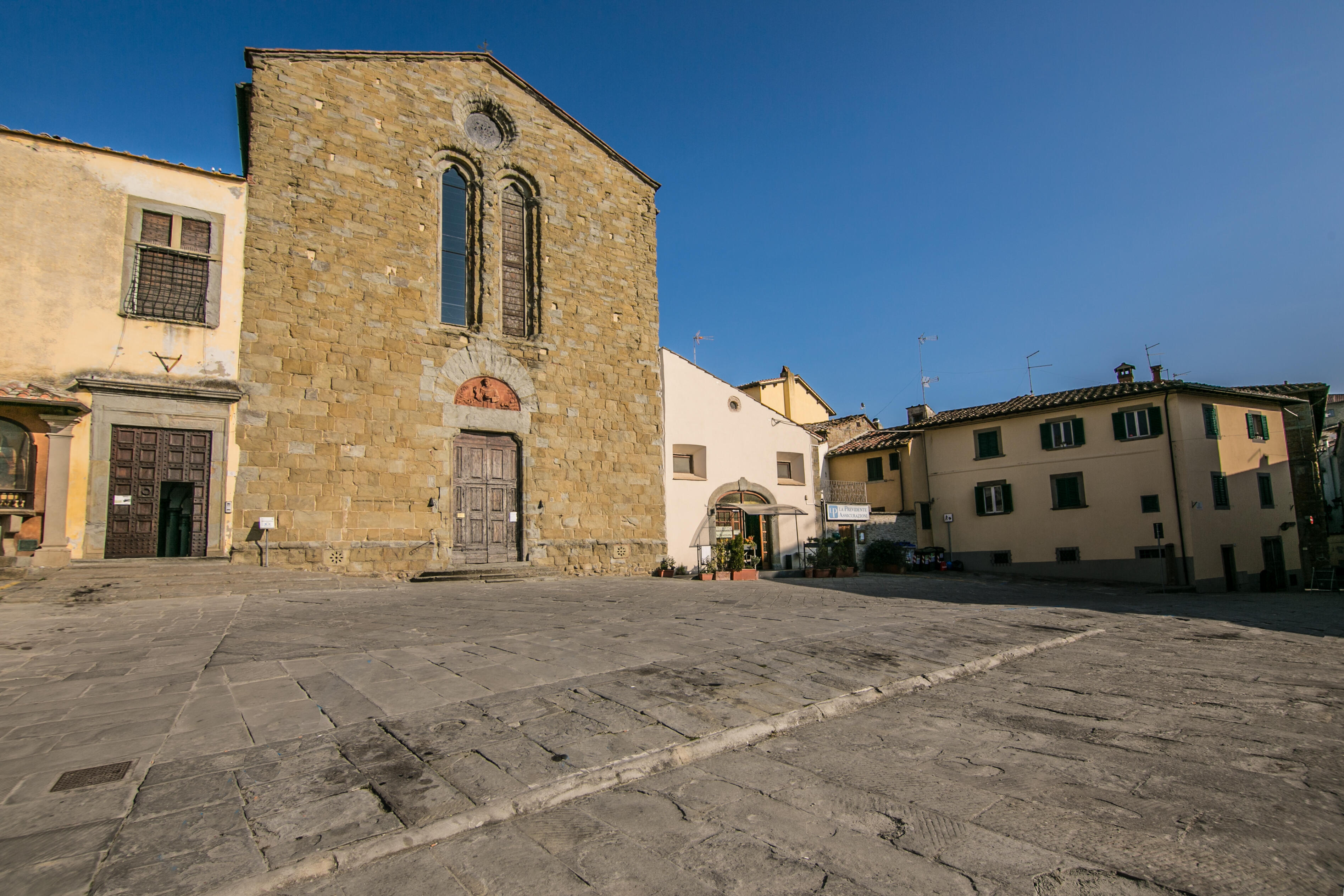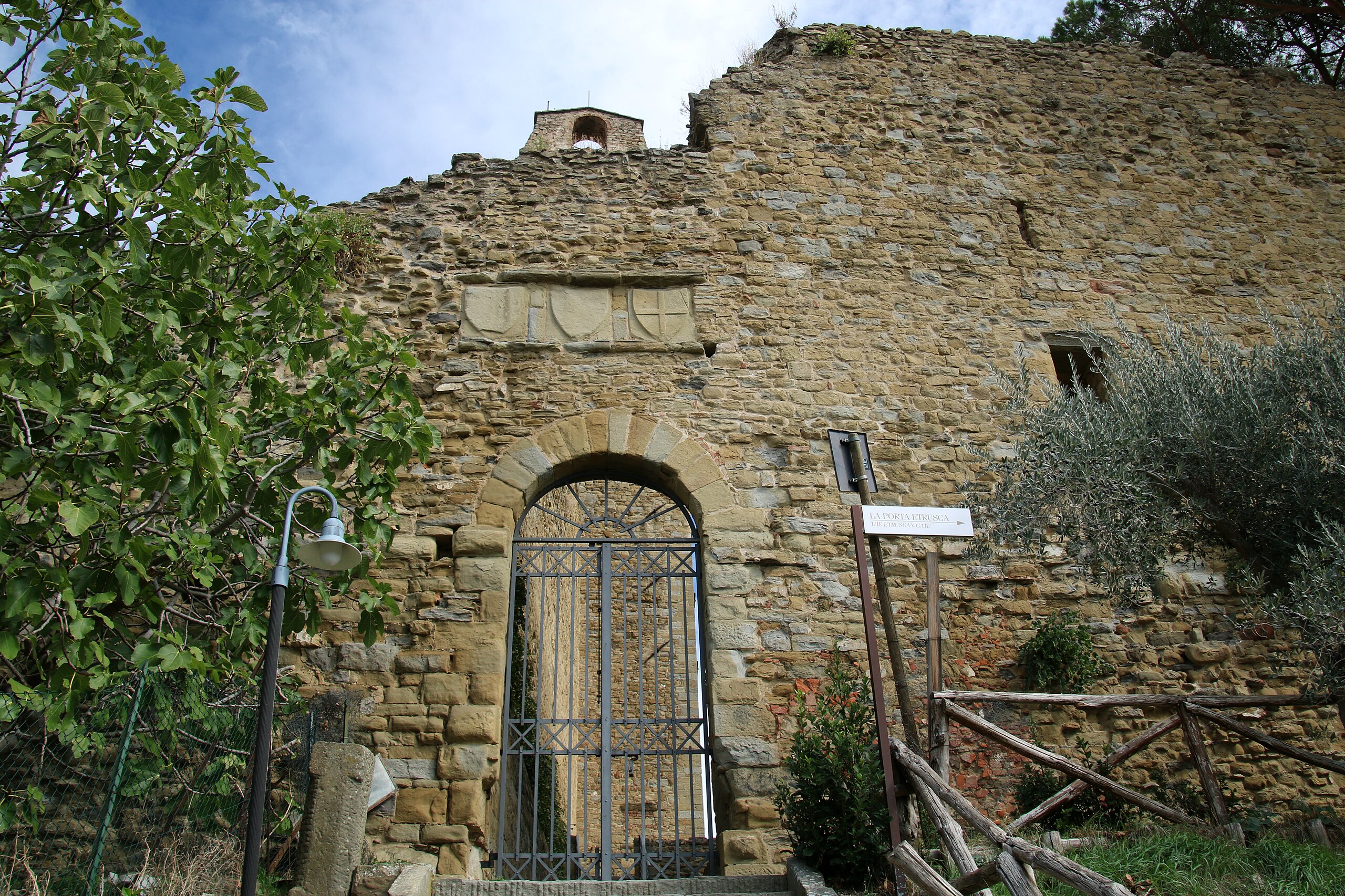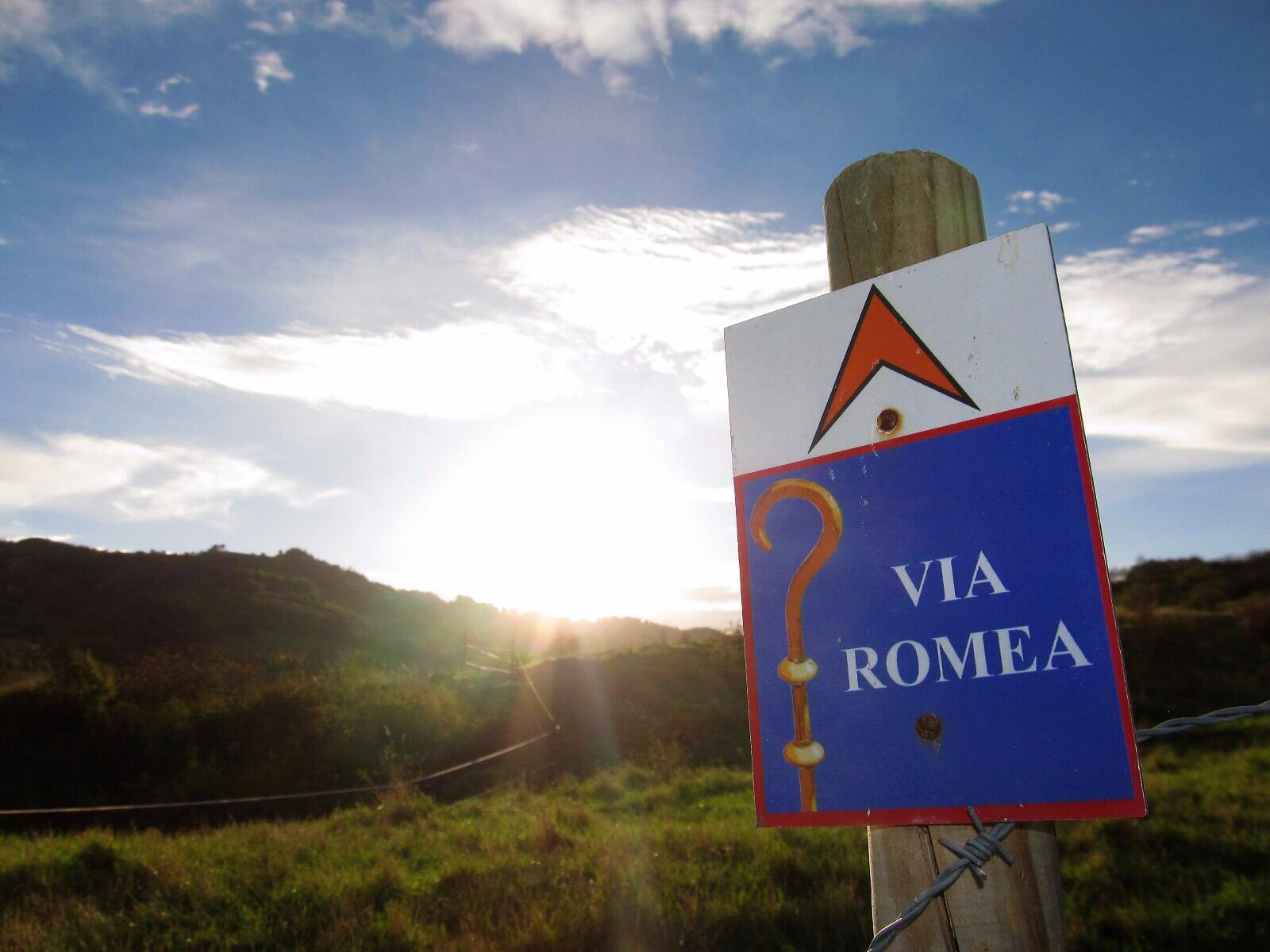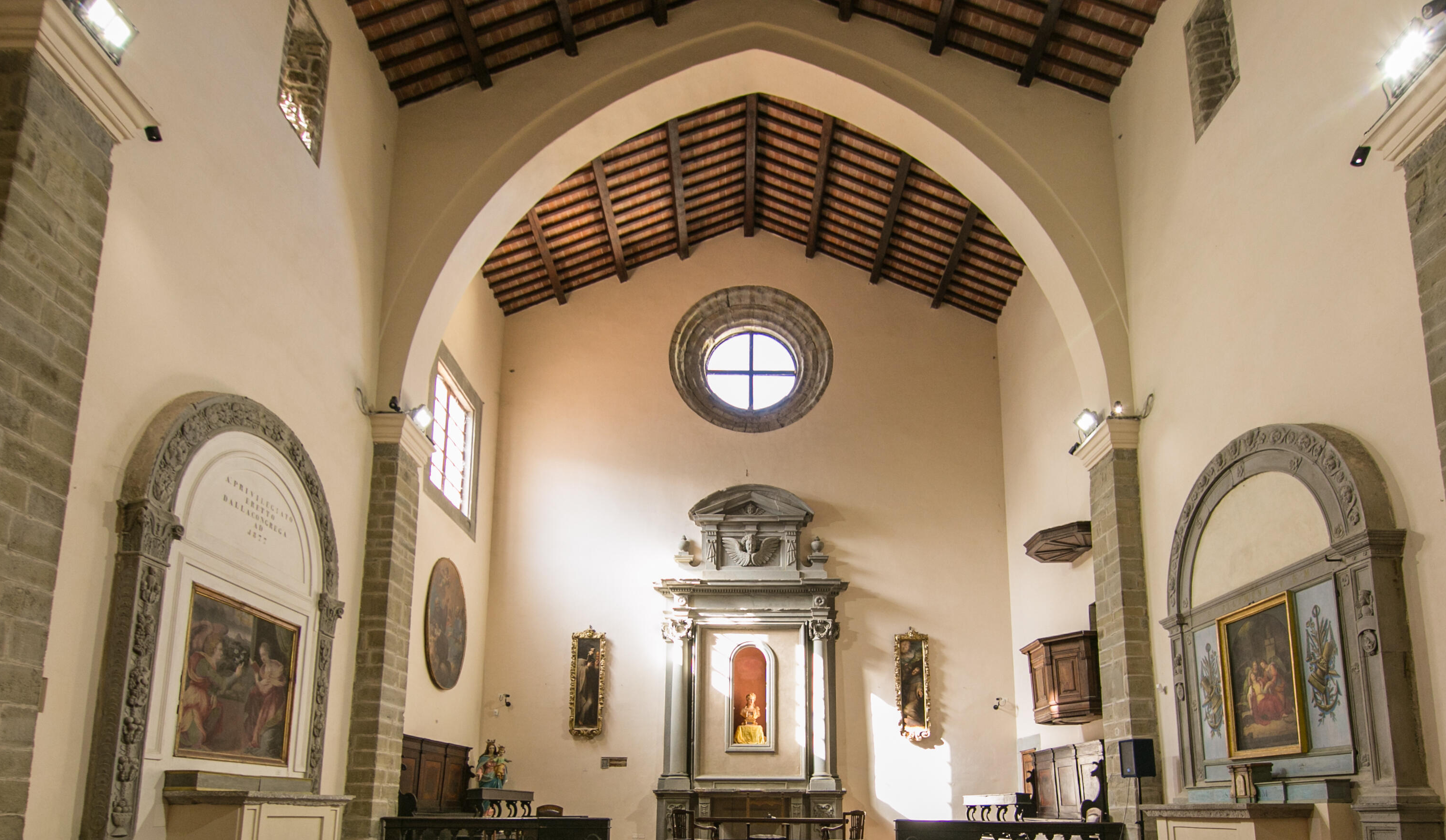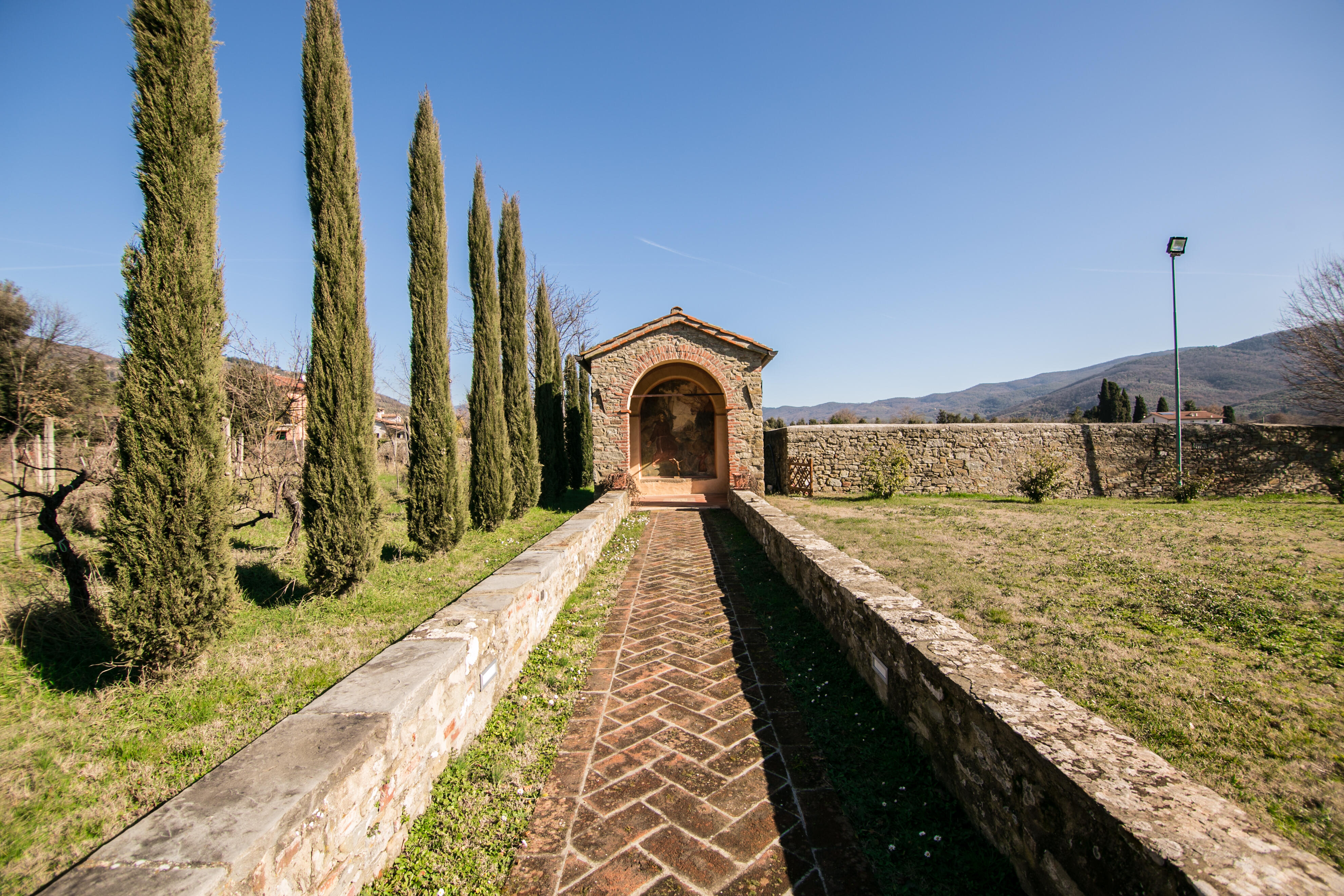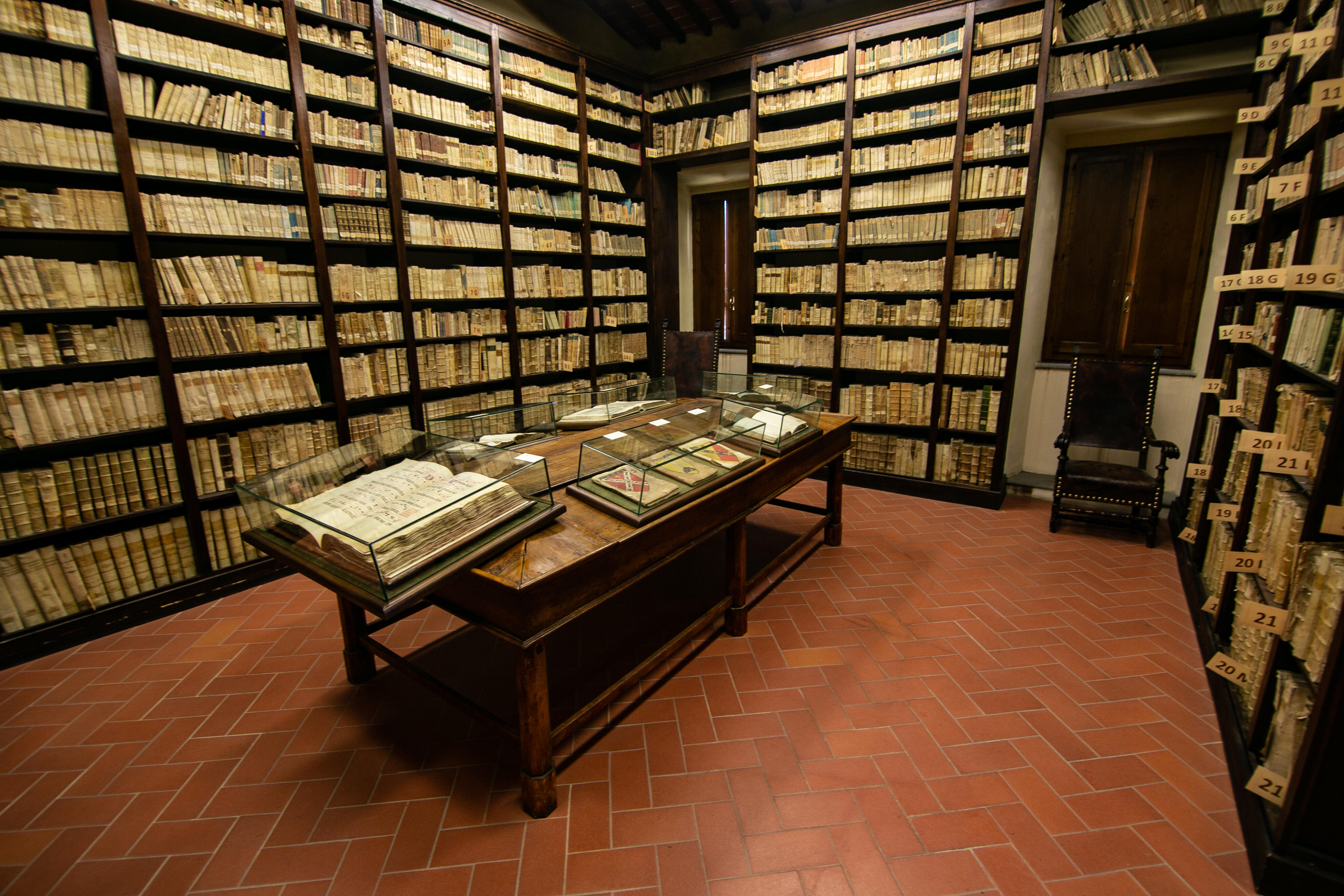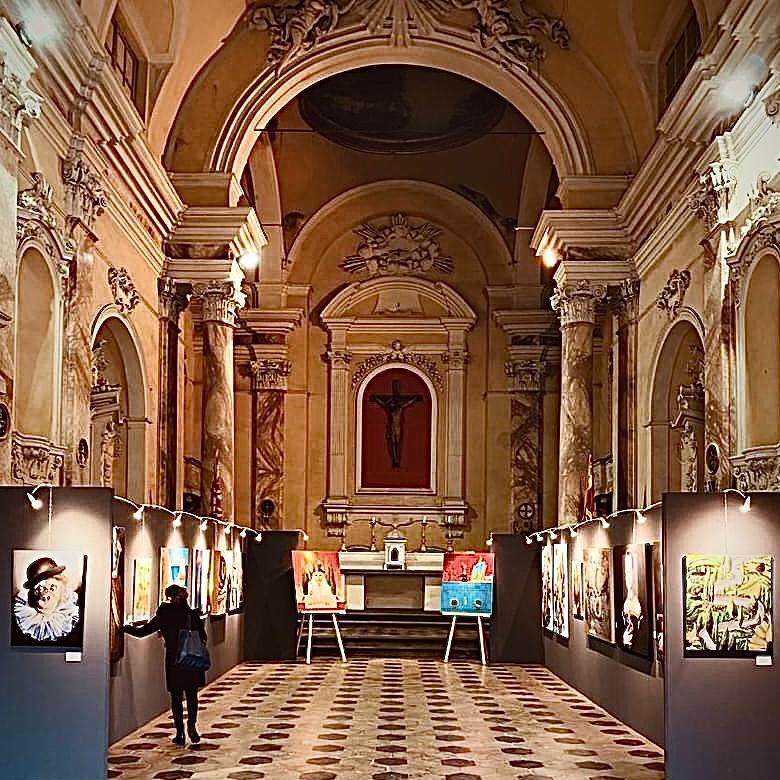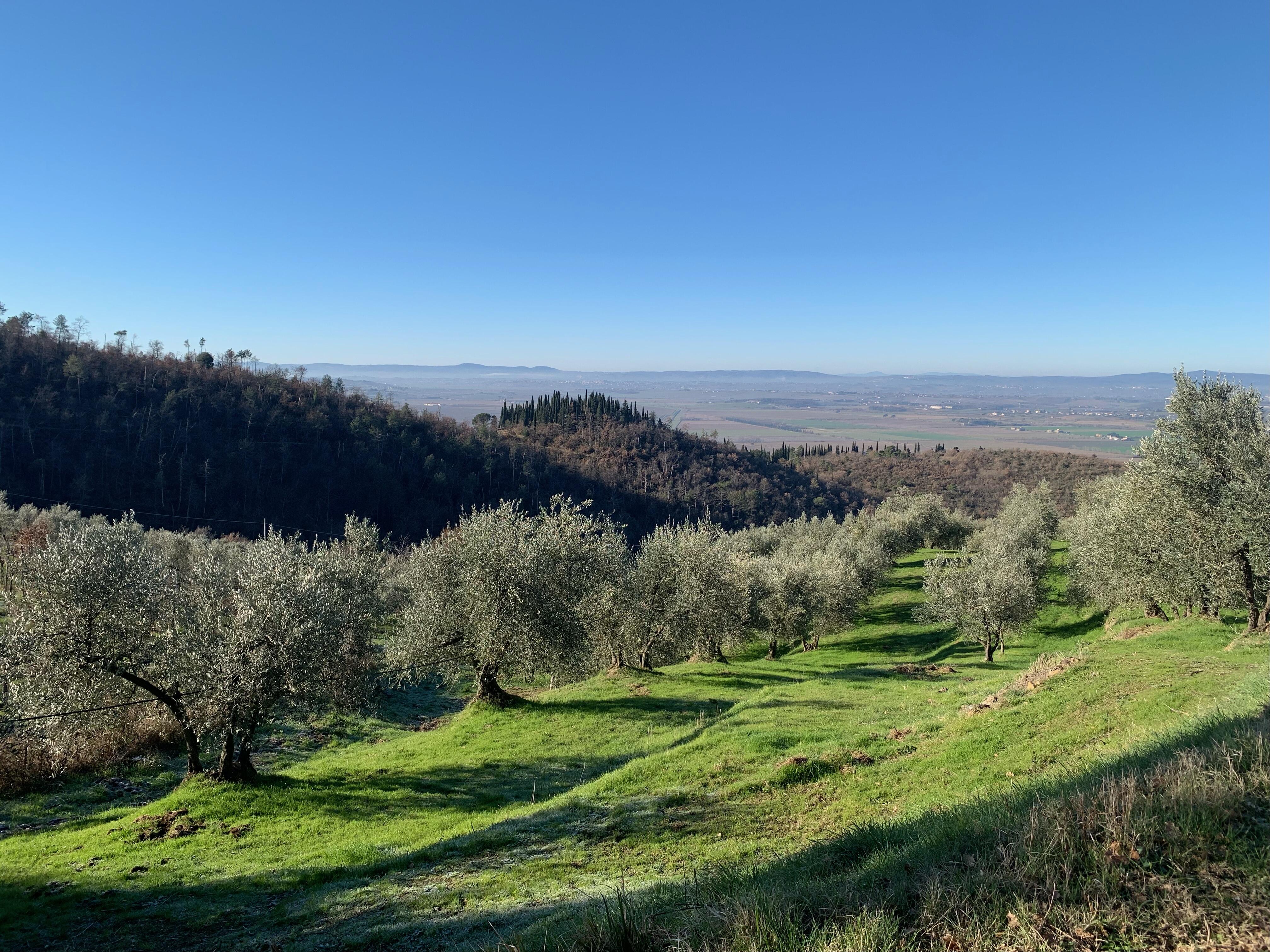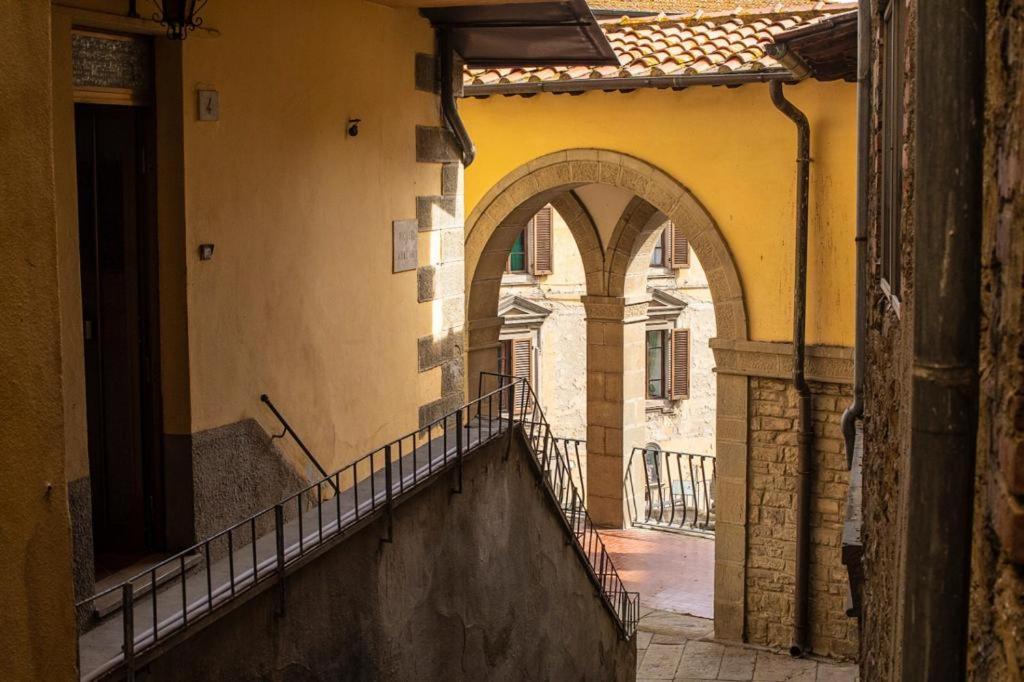POINT OF INTEREST
HISTORICAL BUILDINGS
Theater of Mario Spina
The history of the Teatro Comunale begins at the end of the 16th century, when the Grand Duke of Tuscany Ferdinand I authorized the Podestà of Castiglion Fiorentino to start an Academy to perform comedies.
There is no precise information about where and how the Accademia dei Consumati (as it was named) conducted its activities, but by 1715 the academics certainly felt the need for a proper theater. Thus, it was decided to create a stalls area and 26 wooden boxes arranged on two tiers in the current City Council Hall, providing a dignified environment for performances.
1881 was a turning point in the history of the Theater in Castiglion Fiorentino: engineer Olinto Perticucci and architect Paolo Bertelli developed the project, which would be built on the municipal land formerly owned by the Scolopi Convent. The building covers an area approximately 35 meters long by 20 meters wide, adjacent to the castle walls, with a raised rectangular stage and 45 boxes arranged on three tiers, connected by stairs and corridors.
The construction, though laborious and laborious, was completed with the inauguration on June 15, 1911.
The stalls are preceded by a large foyer and two horseshoe-shaped staircases leading to the 44 upper boxes.
The interior decoration reflects 19th-century taste with gilded stucco, pilasters with composite capitals on the proscenium arch, imitation marble plaster, and a painted vault. The curtain is the work of the Biturgic decorator Corrado Comanducci.
When the theater's roof was being built, an opening was created in the castle walls in what is now the Presentini Park to facilitate the transport of the large beams.
Images that tell a story
Welcome to our gallery: a collection of images that tell moments, emotions, and details that often escape words. Each shot is a fragment of history, a memory to share, a perspective to explore. Browse and let yourself be inspired.
Contacts
Below are our contacts through which you can reach us:
Share the page
Below are our references through which you can contact us:


 ITA
ITA
